Ocean Explorer
Marine Science Lesson Enhancements based on Grade 11 & 12 curriculum in Physics, Chemistry & Biology
This education cursus provides teachers and educators with a free to use material dedicated to science classes for high school grades 11 and 12. It offers insights into our wonderful ocean and coast biodiversity but also geology and climatology, guiding students through adapted lessons. These lessons have been designed with the help of talented educators, in order to achieve a compact and easy to use package. During development, one of the most important requirements was for the lessons to be adapted to the children's level with the aim to ease their understanding of difficult concepts.
The Ocean Explorer cursus also aims to encourage ecologically friendly comportments within younger generations, in the hope that their concern for nature will help to protect our marine wildlife in South Africa.
We hope that you and your students will enjoy these lessons as much as we enjoyed designing them !
Disclaimer : Although the contents of this cursus have been obtained from reliable sources, as part of the study programme, students are urged to verify all data they wish to use. The developers will not be held responsible for any incorrect or misuse of information.
Download the PDF of the lessons by clicking on the pictures below :
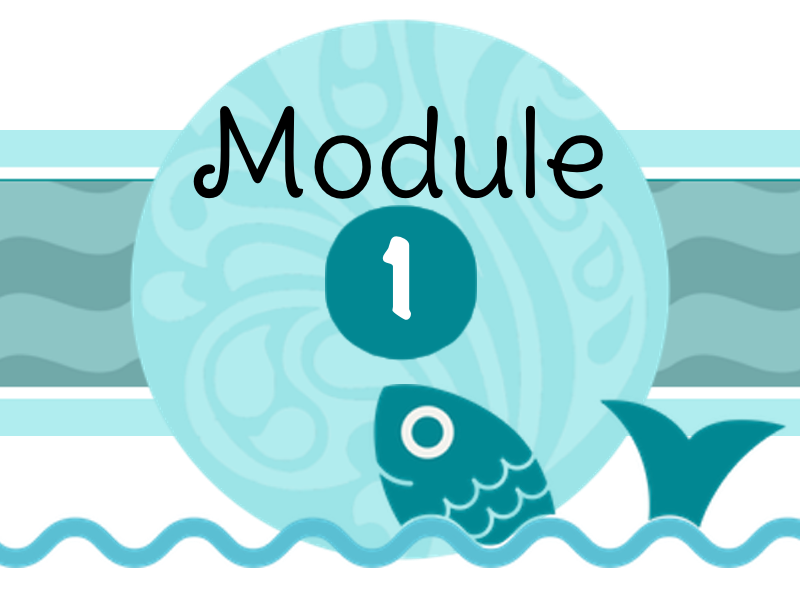 |
 |
Module 1 - Lessons explained
The cursus explained
The authors
How to use this manual
Recommended ressources |
 |
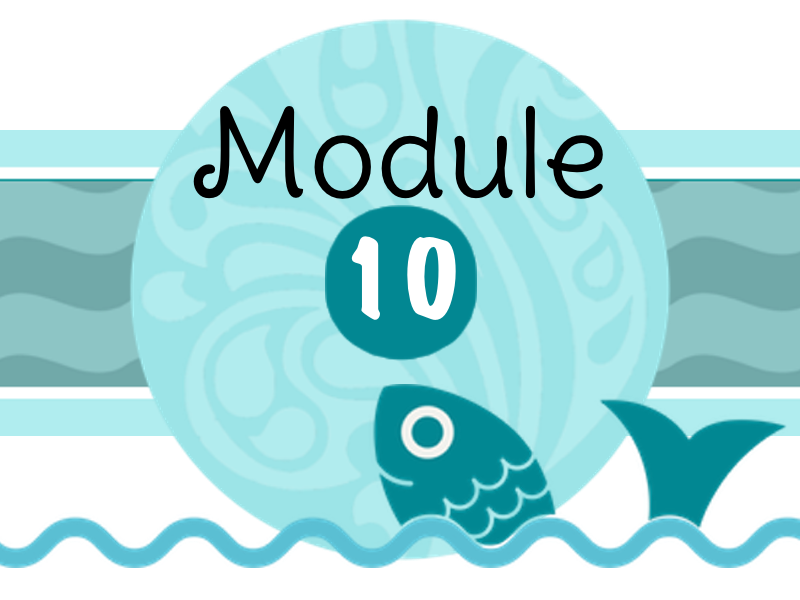 |
 |
Module 10 - Ecosystems
Interactions in the environment
Predation and competition
Specialization and parasitism
Mutualism and commensalism
Community change over time
Stratification and gradation |
 |
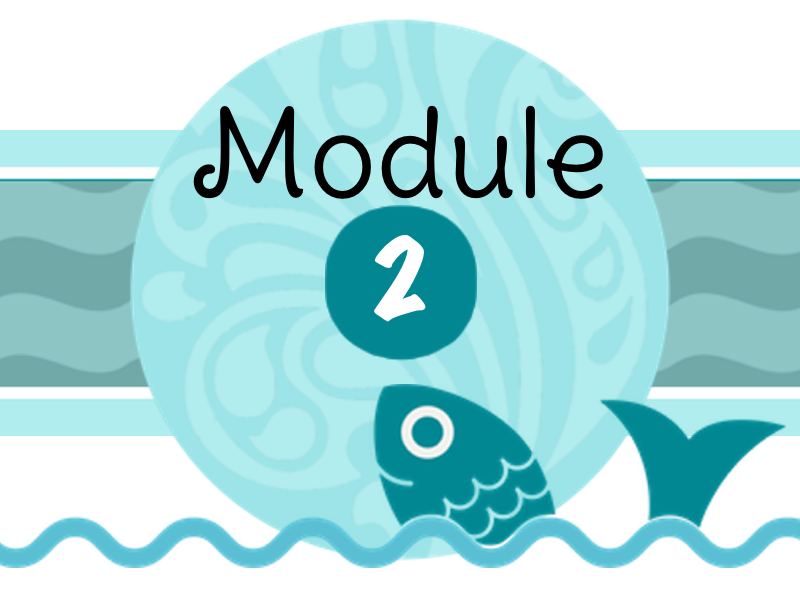 |
 |
Module 2 - Water
The chemistry of water
Intermolecular Forces
Geometrical Optics
Reflection and refraction in water
Diffraction |
 |
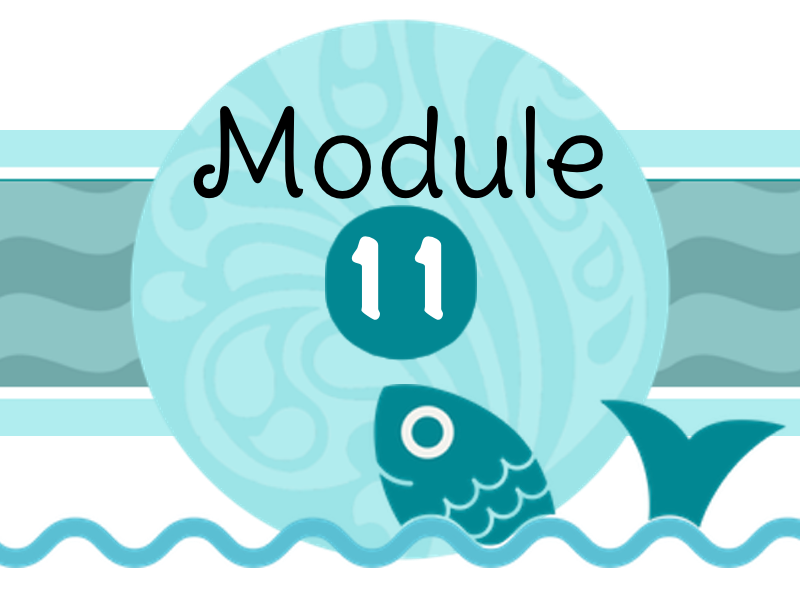 |
 |
Module 11 - Evolution in action
The Evolution Theory
What is Natural Selection
Evolution in ecosystems and Theory of the red queen
Phylogenetic trees and classification
Homologies and Analogies
The position of Humans within the tree of life |
 |
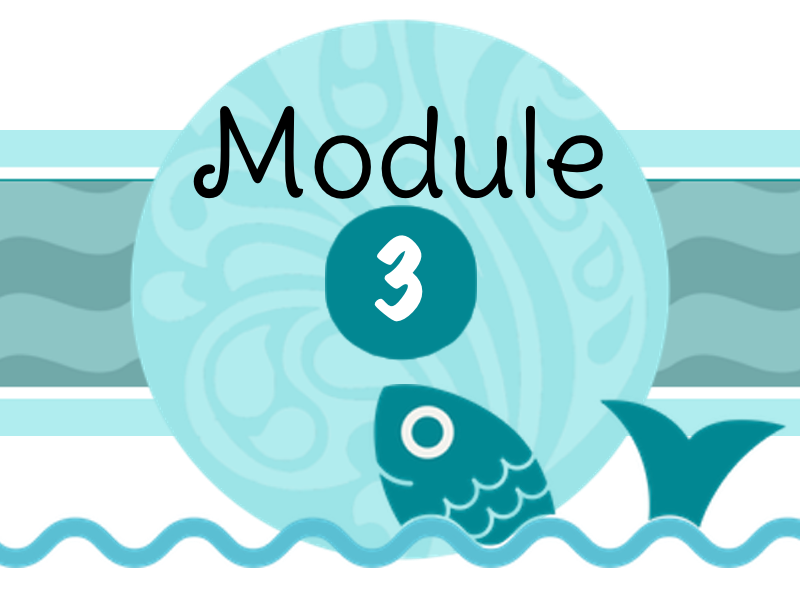 |
 |
Module 3 - Waves and currents
Waves, Sounds and Light
Parts of a wave
Types of waves
Two-dimensional & three- dimensional wave fronts
Waves and Currents
Currents around South Africa |
 |
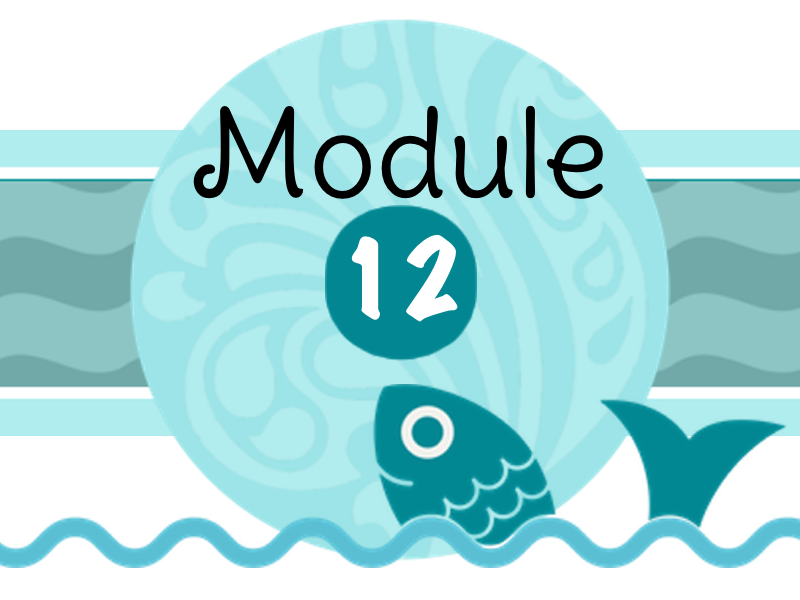 |
 |
Module 12 - Biodiversity - Algae
Algae classification
Photosynthesis and chlorophyll
Light-dependent Reactions - First stage of Photosynthesis
Calvin Cycle - Second stage of Photosynthesis
Harmful algal blooms
Anaerobic respiration |
 |
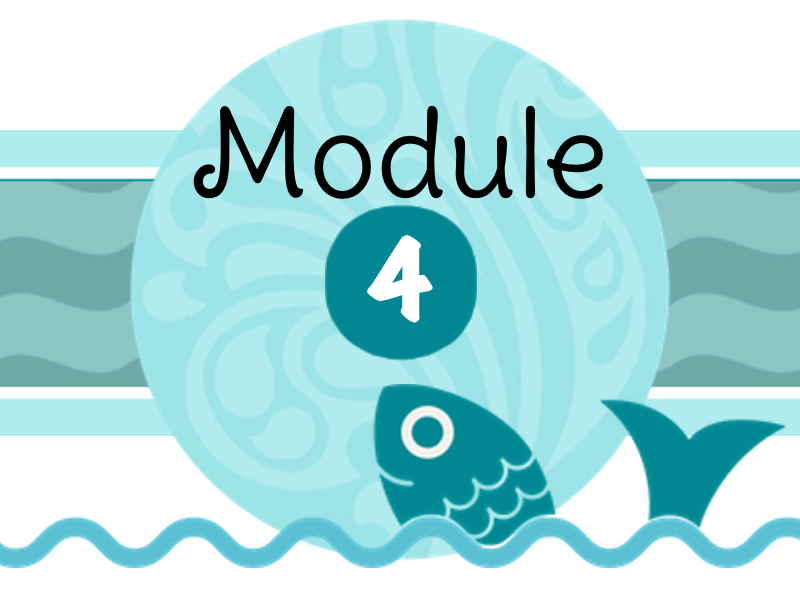 |
 |
Module 4 - Coastal areas
Shaping the Coast
Coastal Zone
Coastal landforms
Types of Coasts
The colour of water
Coasts of South Africa |
 |
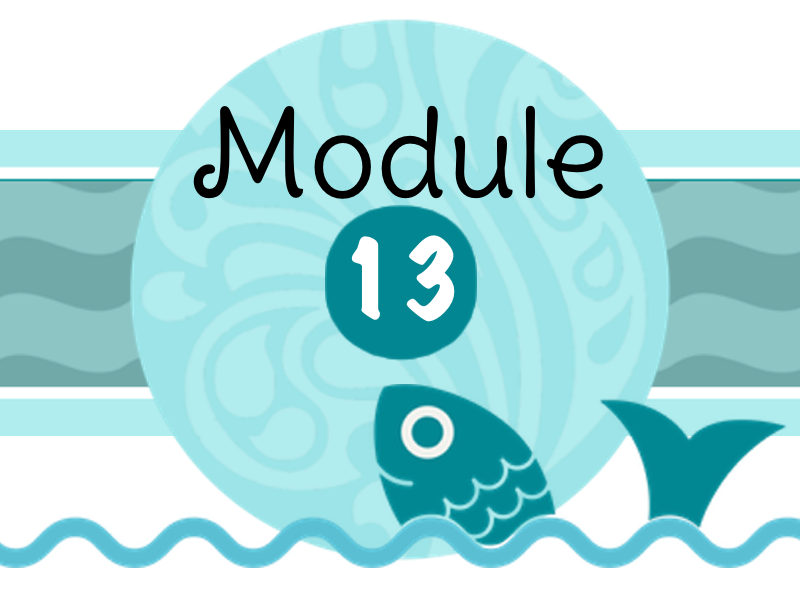 |
 |
Module 13 - Biodiversity - Invertebrates
Phyla and body plans
Tissue layers in the body
Invertebrate classification
Importance of Invertebrates |
 |
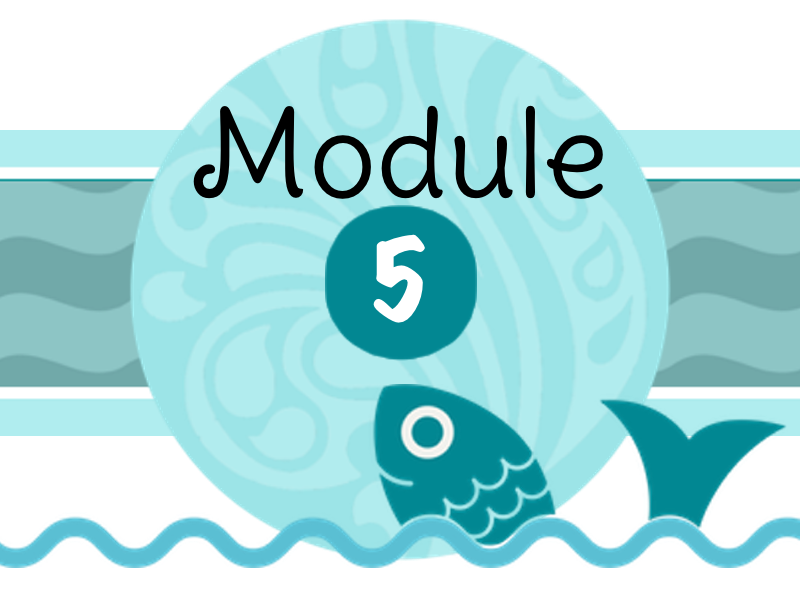 |
 |
Module 5 - Climate part 1
What is "energy" ?
The transfer of energy and energy balance
Air masses
Global air circulation
Secrets of weather forecast |
 |
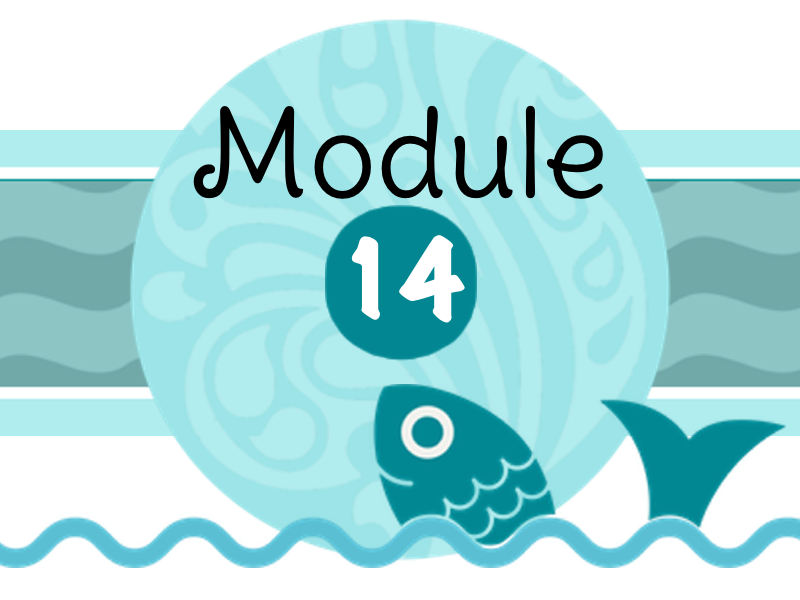 |
 |
Module 14 - Biodiversity - Fish & Amphibians
What is a fish/amphibian ?
Fish classification
How can fish breathe under water ?
From fish to amphibian
Amphibian classification |
 |
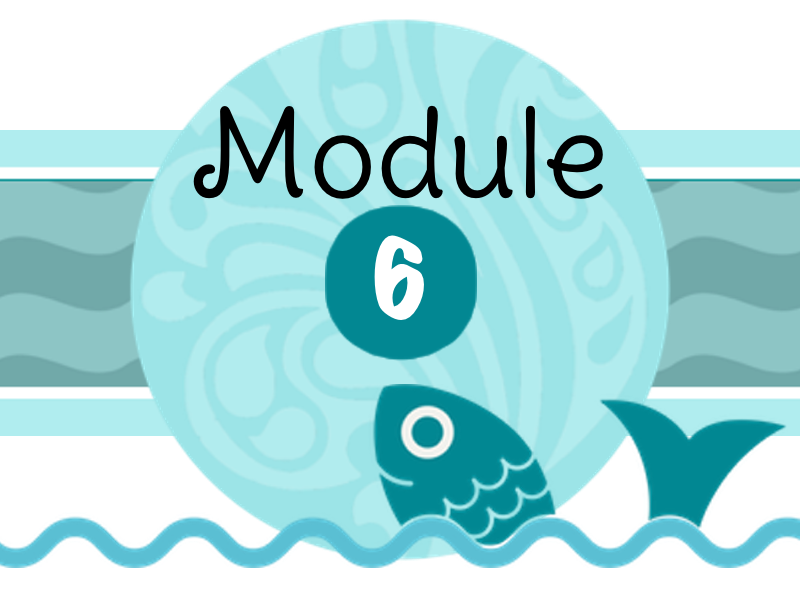 |
 |
Module 6 - Climate part 2
Previous Eras
Africa's current climate
The role of Oceans in climate control
El Niņo and La Niņa |
 |
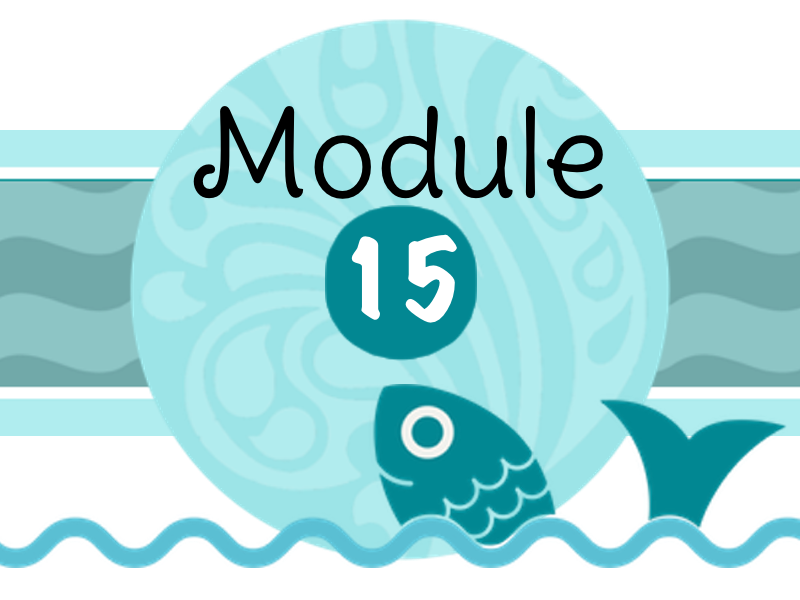 |
 |
Module 15 - Biodiversity - Birds & Mammals
Marine birds
Mammal classification
Marine mammals |
 |
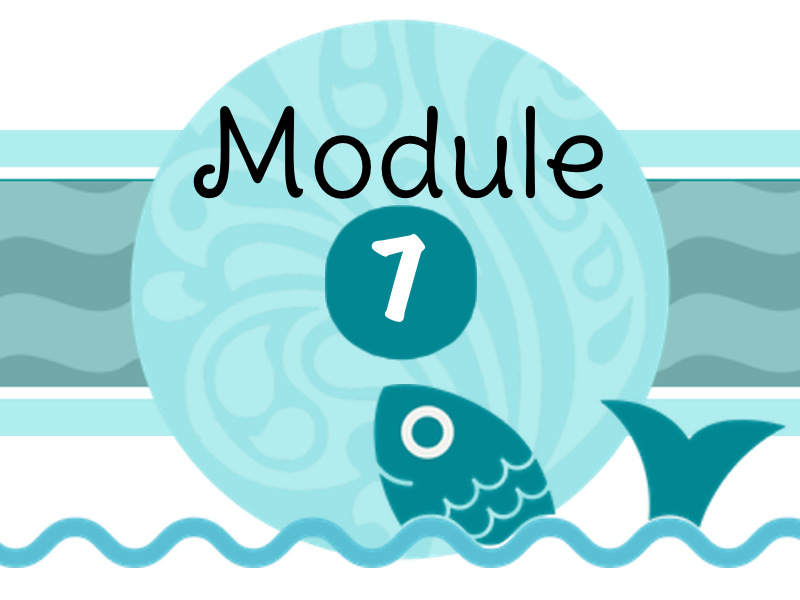 |
 |
Module 7 - Climate shift
The greenhouse effect
Human impact and the enhanced greenhouse effect
Carbon footprint
Ozone depletion
Models of Earth's future climates |
 |
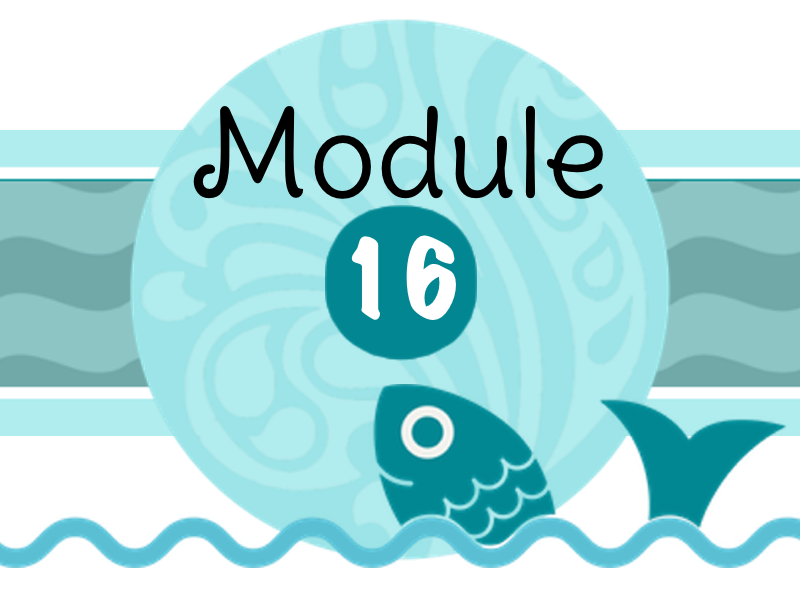 |
 |
Module 16 - What is Marine Research ?
Understanding fieldwork
What does it mean to be a scientist ?
Working together |
 |
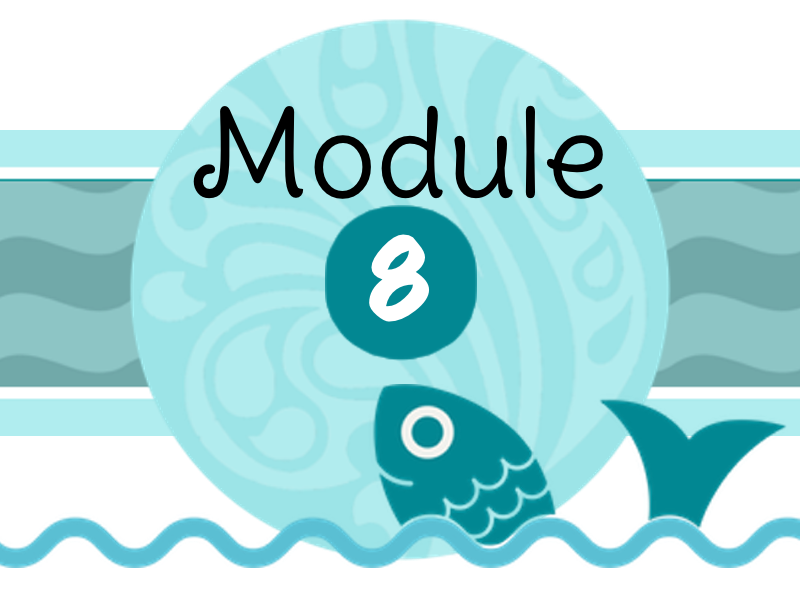 |
 |
Module 8 - Human Impact on the environment
The relationship between resources and economic development
Exploitation & depletion of resources
Availability and quality of water
Poaching and Indigenous knowledge systems
Sustainable use of the environment |
 |
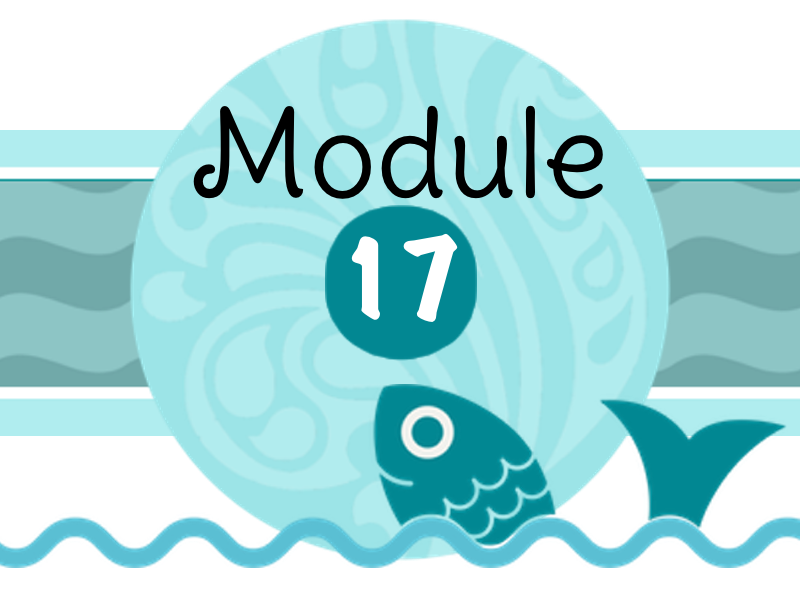 |
 |
Module 17 - Applied research in Oceanography
Coastal field exploration
Use oceanographic features to explore maps e.g. bathymetry contours
Application of GIS in oceanography
Remote monitoring of wild populations |
 |
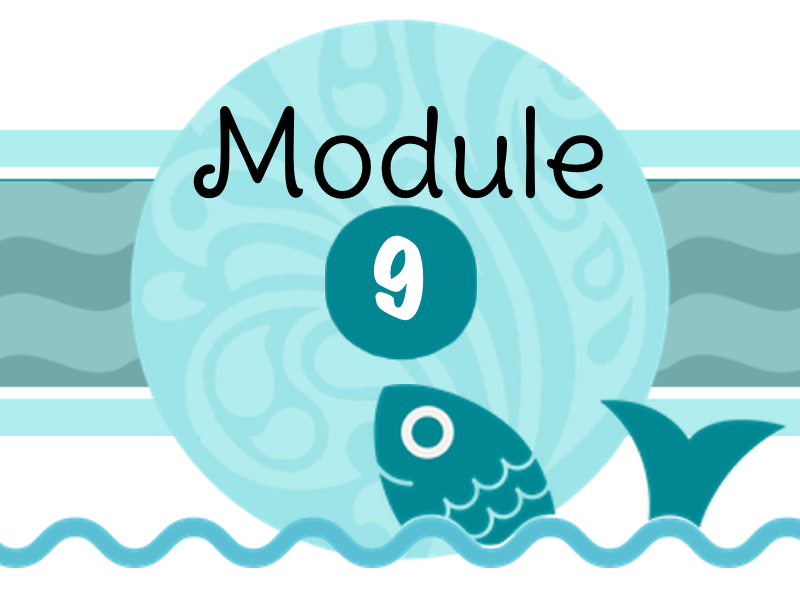 |
 |
Module 9 - Ecology
Population Ecology
Estimating population size
Social organisation of populations
Ex. 1 : Herds and Flocks
Ex. 2 : Co-operative hunting in Packs
Risks factors for wild populations |
 |
|
|
|
The Authors
This array of lessons have been designed by BCRE in conjunction with PAAZA.
BCRE is focused on education and research predominantly related to the marine environment through operational oceanography.
PAAZA stands for Pan-African Association for Zoos and Aquaria, and aims to protect and care for captive and wild animal populations. Its primary missions are conservation, education and research. As a result, this association takes part in managing captive breeding programs, releasing of captive animals, managing wild populations, developing animal welfare within captive facilities and more generally protecting the environment via any accessible mean.




















